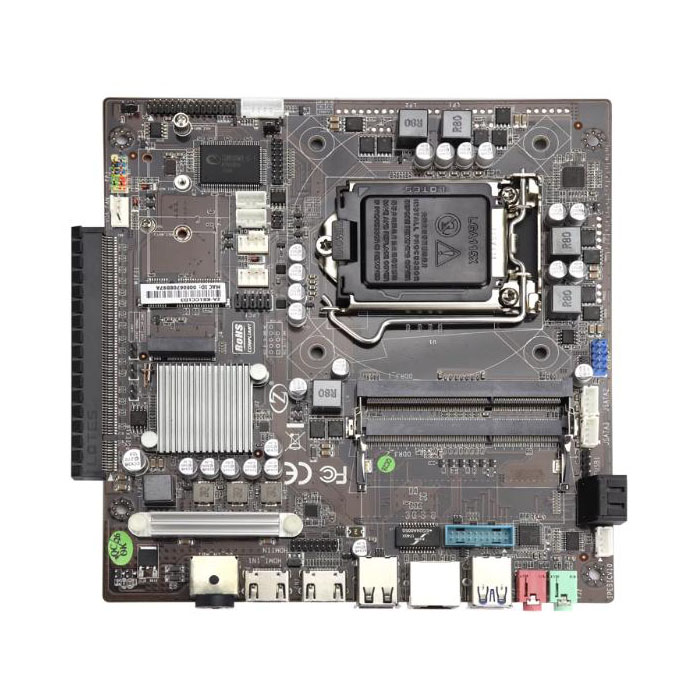Examples of x86-based boards
2023-10-18
An "x86 board" typically refers to a single-board computer or development board based on the x86 architecture, which is the architecture commonly associated with Intel and AMD processors. These boards are designed to run operating systems compatible with the x86 architecture, such as various versions of Windows and numerous Linux distributions. They are often used for tasks that require more processing power and compatibility with x86 software, making them suitable for a wide range of applications, including embedded systems, development, and even small-scale servers.
Here are some examples of x86-based boards:
1. Intel NUC (Next Unit of Computing): Intel NUCs are compact and powerful single-board computers that come in various configurations, often featuring Intel Core processors. They are used for a wide range of applications, including home entertainment centers, digital signage, and mini PCs.
2. UP Squared: The UP Squared board is an x86-based single-board computer that offers decent processing power and support for various peripherals. It's often used in robotics, industrial automation, and edge computing applications.
3. LattePanda: LattePanda is an x86-based development board with integrated Windows 10 compatibility. It's used for various projects, including IoT, robotics, and portable computing.
4. Udoo x86: Udoo x86 boards are versatile x86-based single-board computers with multiple processor options. They are used for applications like IoT, robotics, and digital signage.
5. ASRock Rack Mini-ITX: ASRock Rack offers Mini-ITX motherboards that are suitable for building small-scale servers and industrial computing systems.
6. Kontron Mini-ITX: Kontron produces Mini-ITX motherboards designed for industrial applications, offering stability and reliability.
7. Axiomtek PICO500: Axiomtek offers PICO-ITX single-board computers for embedded applications and industrial automation.
These x86-based boards vary in terms of size, processing power, and I/O capabilities. They can be used for a wide range of applications, from DIY projects and prototyping to industrial automation and building small servers.
One of the primary advantages of x86-based boards is their compatibility with a wide range of software, including commercial operating systems like Windows and Linux distributions. This compatibility makes them an excellent choice for tasks that require x86 software, and they are often favored by developers and professionals for these reasons.



